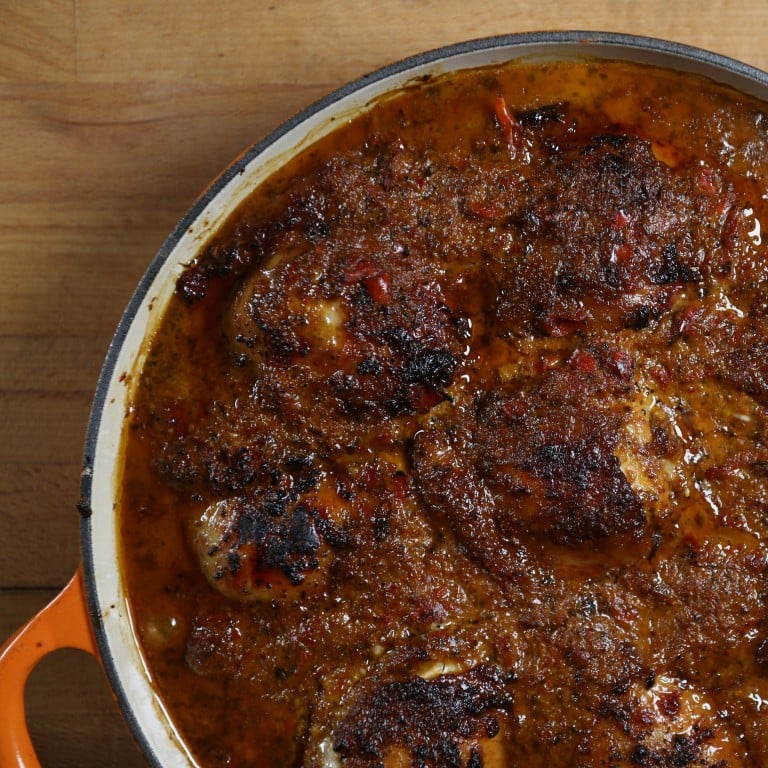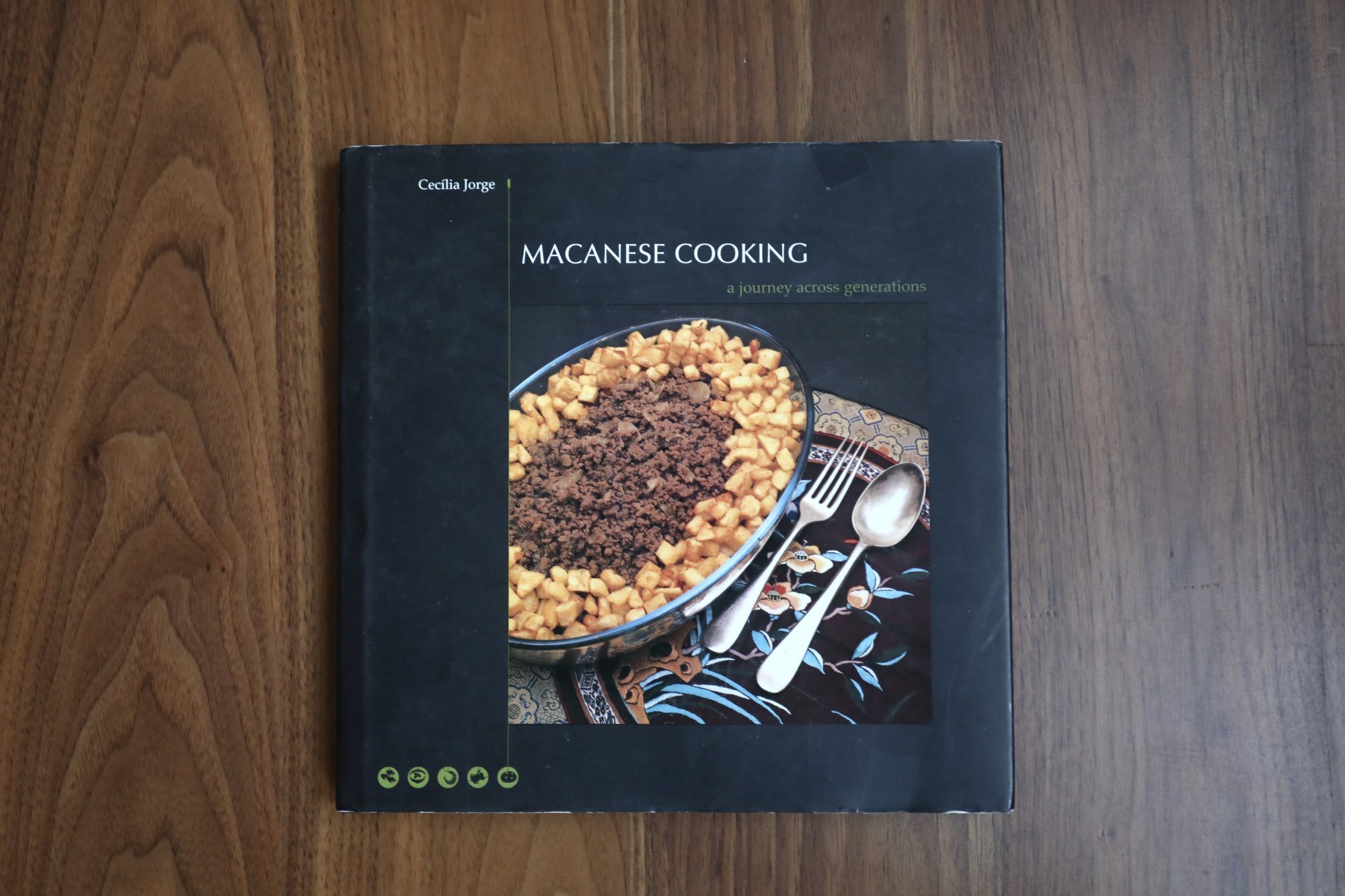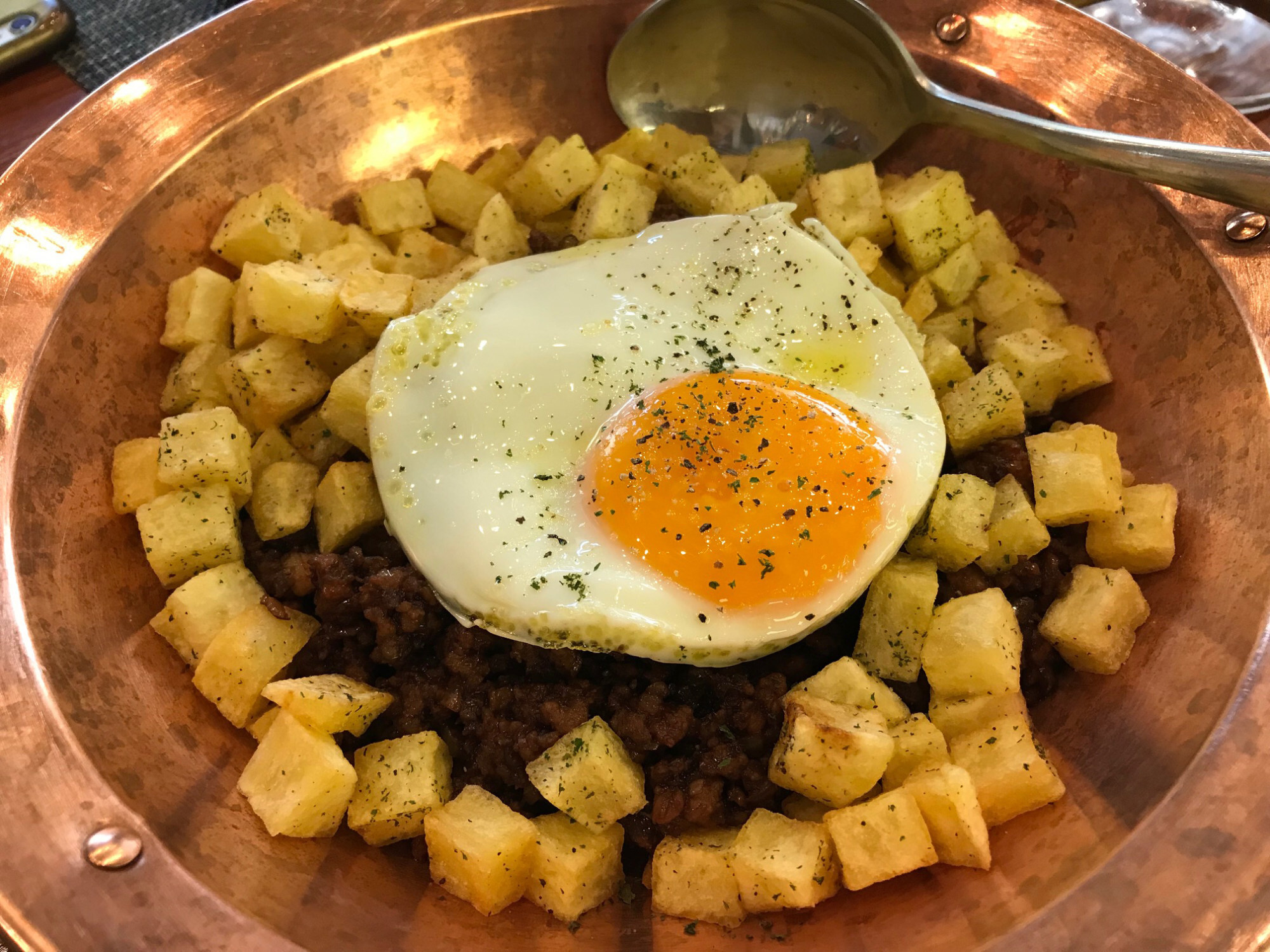
Macanese dishes, from minchi to mango pudding, and (roughly) how to cook them
- Coming up with the recipes for Macanese Cooking – A Journey Across Generations was difficult for journalist Cecília Jorge, as cooks each have their own versions
- With few historical records of the food served since the Portuguese arrived in Macau, some of the recipes lack measurements – make them to your own tastes
In the introduction to Macanese Cooking – A Journey Across Generations (2004), journalist Cecília Jorge complains that there isn’t much information about the history of the food of her birthplace.
“It is not easy to describe reliably and accurately what used to be served at the table of our Macanese forebears or what people once ate as their ‘daily bread’ in Macau’s early days almost 450 years ago. There are few accounts and little information about ordinary everyday things such as Macanese customs, not even some chance detail about their clothing and food.
“If chroniclers showed no interest in writing about these matters then neither did travel writers, not to mention academics who only very recently have become concerned with investigating the Macanese, unlike the local Chinese that has attracted so many Westerners for their exoticism and difference.

“Oral tradition, which could have been helpful, has been lost because it is by nature fragile. More perhaps is known about what the English and Americans ate in Macau than what the Portuguese and Macanese did in the Macau of the 1900s thanks to diaries that have survived to this day.”

Coming up with the recipes for the book was a difficult task, it seems. “In an effort to avoid the simple formula, however valid and pertinent, of presenting just one collection of recipes belonging to just one cook in just one family, we have instead tried to do the right thing in the midst of this entangled ‘large Macanese family’: there is no one recipe, there is no one perfect recipe, nothing is unchangeable and it is quite possible that the best recipes for each special delicacy has gone to the grave along with the people famous in their day for their culinary arts.
“As this is what we want to avoid, we have sought people who may have once tried out these dishes and can compare them, people who still know the secrets of Macanese cookery and are willing to leave, in writing and in pictures, their experiences of this cuisine for future generations.
“Being as it is a fusion of European, Asian and African cookery, there seemed to be two ways to approach the making of this book by listing the better known Macanese recipes generally considered the ‘traditional’ and trying to understand how they have remained basically the same.

“In a second approach and without losing sight of these same ‘original’ recipes, we have tried to find out what is more or less frequently served daily at Macanese tables nowadays.”
Not all the recipes have measurements, so it’s obvious that, as “there is no one perfect recipe, and nothing is unchangeable”, Jorge expects readers to make the recipes to their own tastes.

